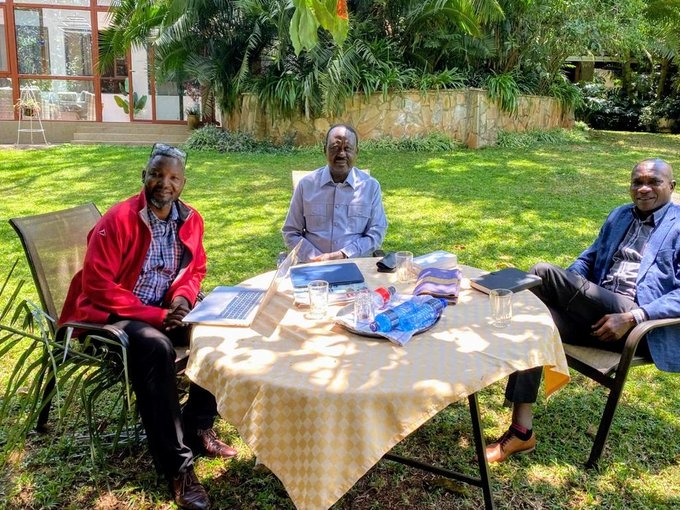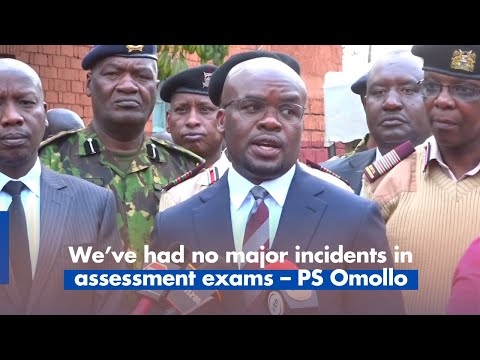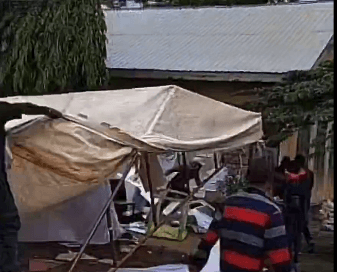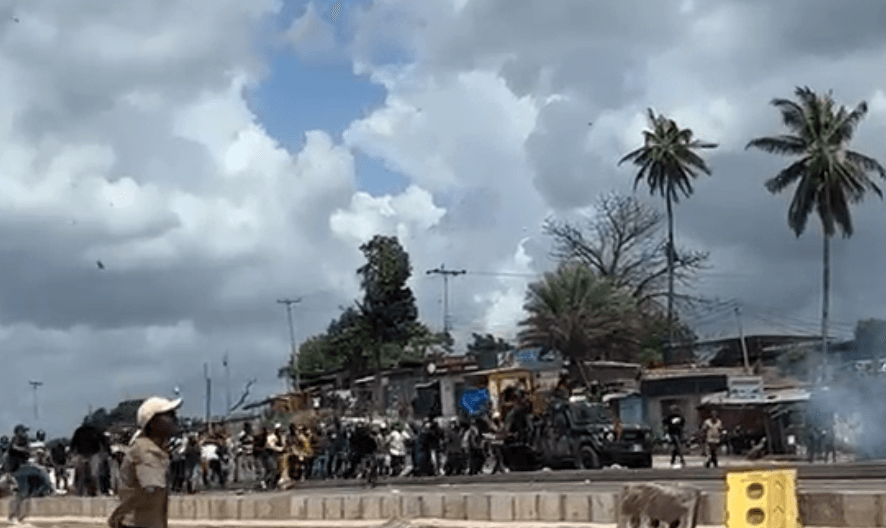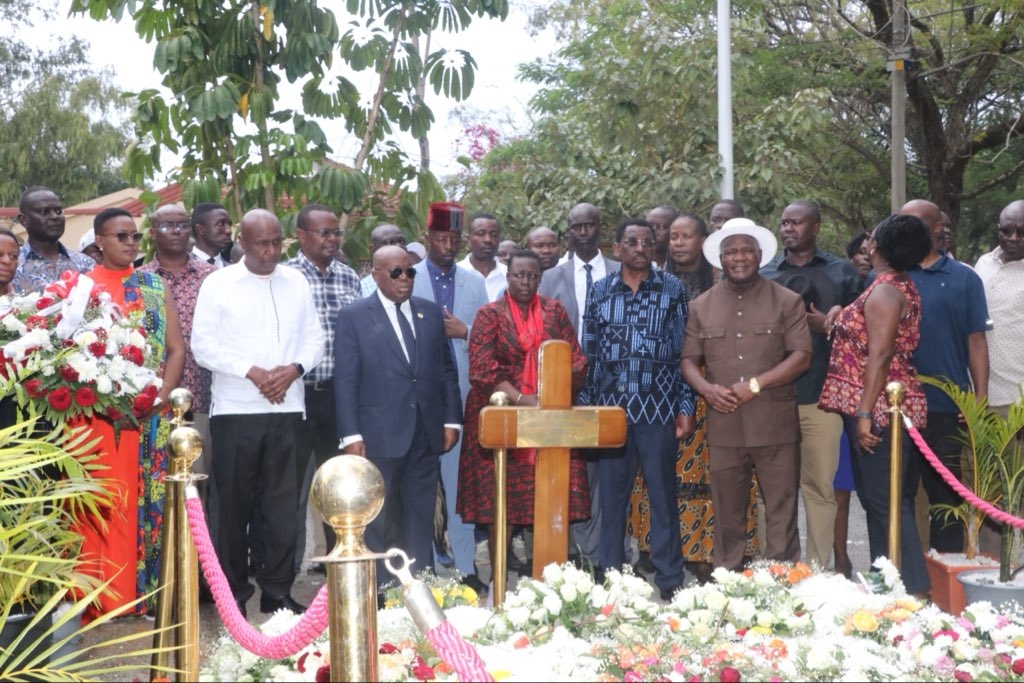Ptolemy, the Greek philosopher who, in 1000BC, theorised the Ptolemaic system, emphasised that the earth was at the centre of the universe and that the sun, moon and all other planets revolved around the earth. This theory, also known as the geocentric model, was a sharp contradiction of a new theory advanced by Nicolaus Copernicus.
In his heliocentric model of 1473-1543, Copernicus argued that the sun was at the centre of the universe, not the earth, and that the moon and all the planets orbited the sun. While the two contrasting theories significantly informed historical and contemporary astronomy, it is the heliocentric model that proved to be correct and has consequently been relied on by humankind.
Urbanism, unlike astronomy that is the study of celestial objects, is the study of how inhabitants of an urban area (city, town or market centre) interact with the built environment, including public spaces, private and public infrastructure, urban governance, utilities and services, among others.
Generally, there has been public debate lately on how urban areas are governed and managed, including related challenges, lost opportunities, threats and weaknesses. The majority of those engaging in the public exchanges have, however, hardly noticed that they were indulging in matters urbanism.
In understanding urbanism, dissecting and interrogating the totality of governance systems of the city, town or market centre, financing models and service delivery mechanisms and how these influence inhabitants' relationship with the built environment should be at the core.
And Kisumu, an urban area with emerging, albeit operationally infant urban governance structures, financing models and service delivery mechanisms, having experienced such public debates in the recent past, provides a case for analysing urbanism – how citizens have interacted with the built environment.
The debates have ranged from urban regeneration, including the ‘imaginary’ relocation of Kisumu Boys' High School, as part of land-use planning, to enforcement, development control, improvement of pedestrian precincts through paving and relocation of traders from congested markets.
The relocation of markets will allow for the construction of better-planned trading facilities. The demolition of illegal structures sitting on drainage channels will pave way for decent urban infrastructure. Thus, Kisumu’s urbanism debate brings to mind Ptolemaic and Copernican theories of the past: each side with a contrasting view and belief on sustainable governance of the city.
The current public discourse largely touches on the interrelationship between inhabitants of Kisumu and activities implemented therein. The proponents of the ongoing urban regeneration activities in the city believe, rightfully, that sustainability is achievable through enhanced non-motorised transportation. This is characterised by walking and cycling, reducing the use of automobiles (which in turn reduces carbon emissions, promotes exercising) leading to better health of local communities hence a more livable city.
On the other hand, the opponents have projected a rights-based civil society driven approach, propelled by the right-to-the-city rationale completely different from the proponents’ view.
While the two contrasting debates could contribute to Kisumu’s urbanism, and overall, to the understanding of new urbanism, sustainable development enthusiasts tend to believe that the views of the proponents can contribute more to good urbanism.
But like in the case of astronomy’s Ptolemaic and Copernican models, only one side will emerge to win the public trust. And that will be the model that is convincing. In my view, it may be the proponents.
Registered Urban Planner and Past Assistant Registrar of the Kenya Institute of Planners



